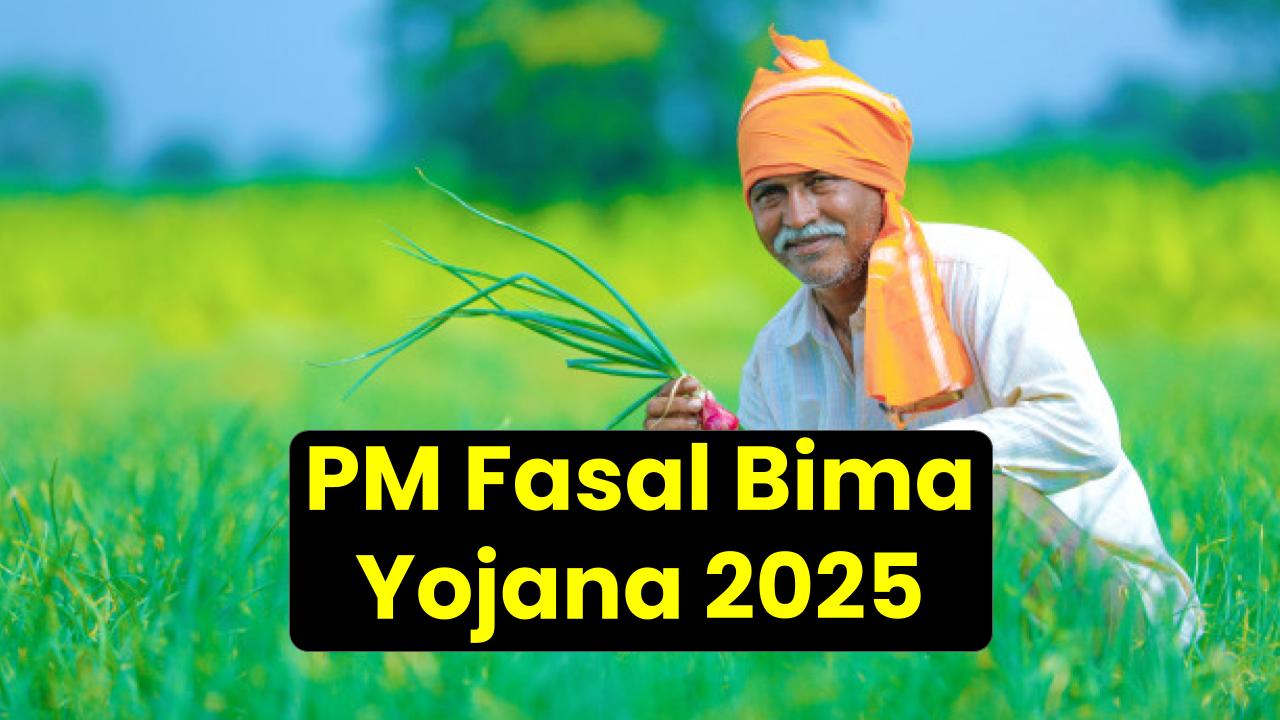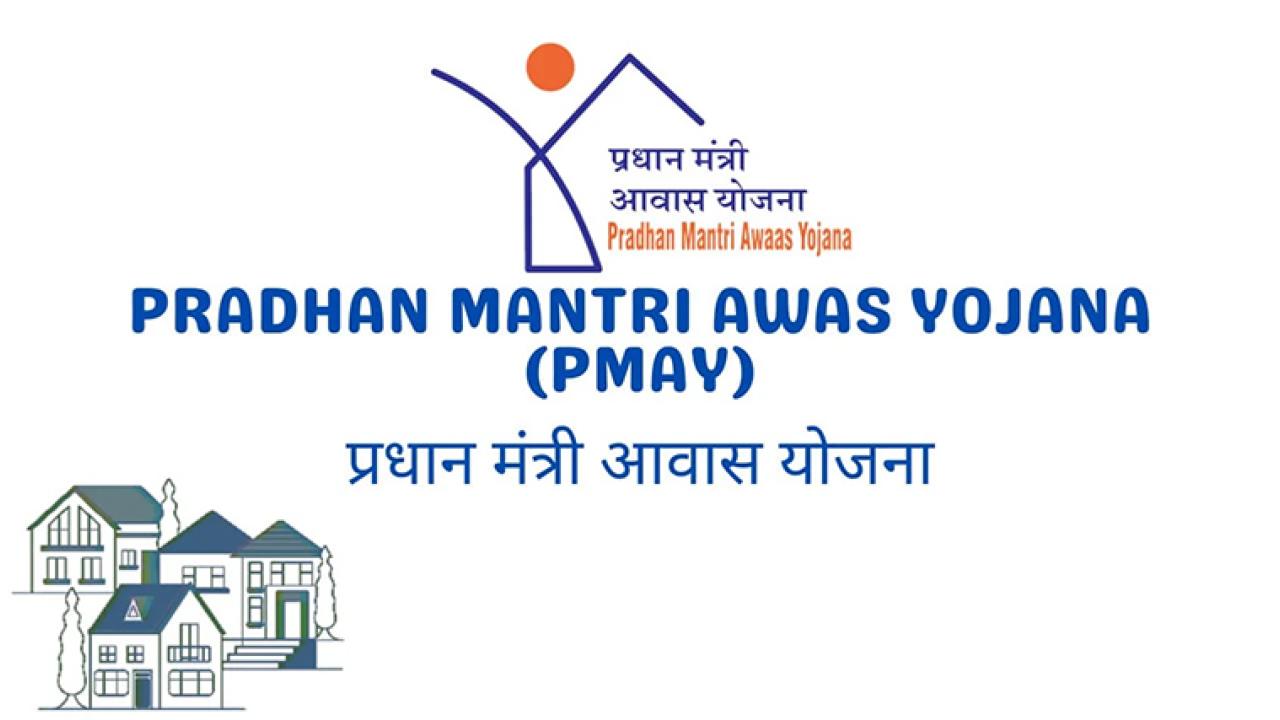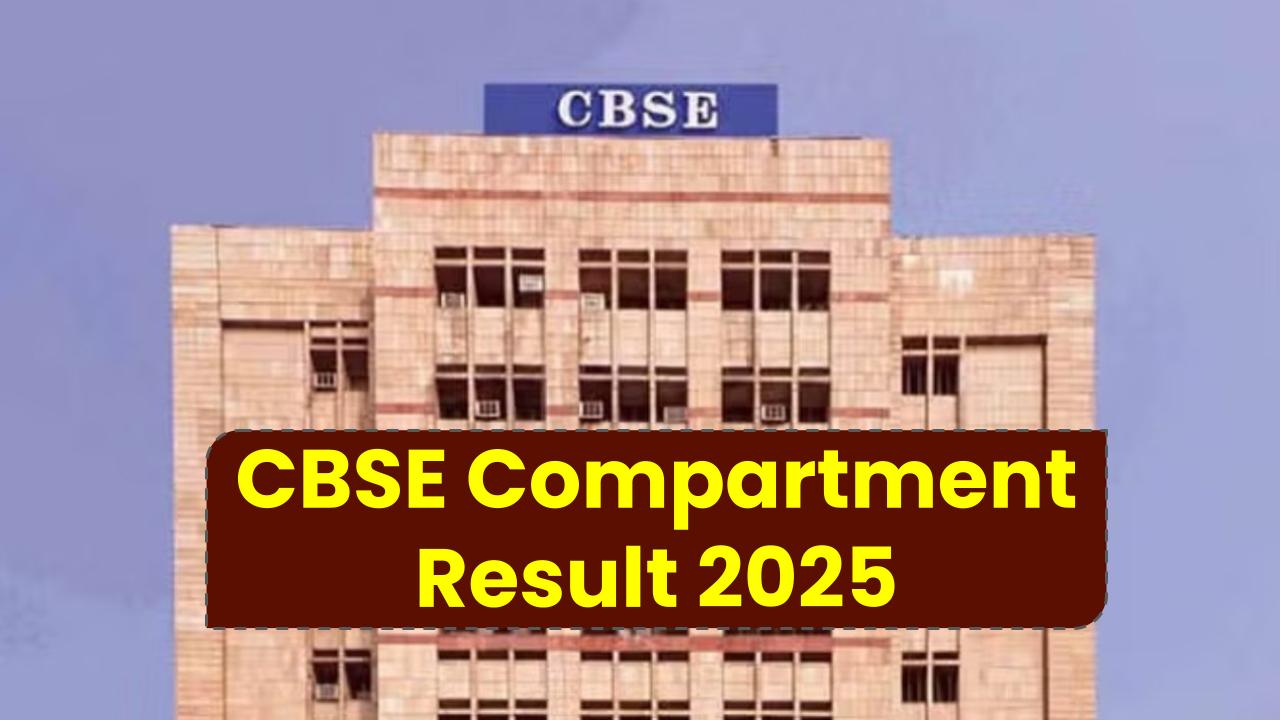In a groundbreaking move towards green transportation and sustainable logistics, the Indian government has launched the PM E-DRIVE scheme to support the adoption of electric trucks. With a subsidy of up to ₹9.6 lakh per vehicle, this initiative is a game-changer for businesses looking to reduce their carbon footprint and step into the future of freight transportation. In this article, we’ll break down the essentials of the PM E-DRIVE, how it works, and why it’s an important step forward for both the environment and the economy.
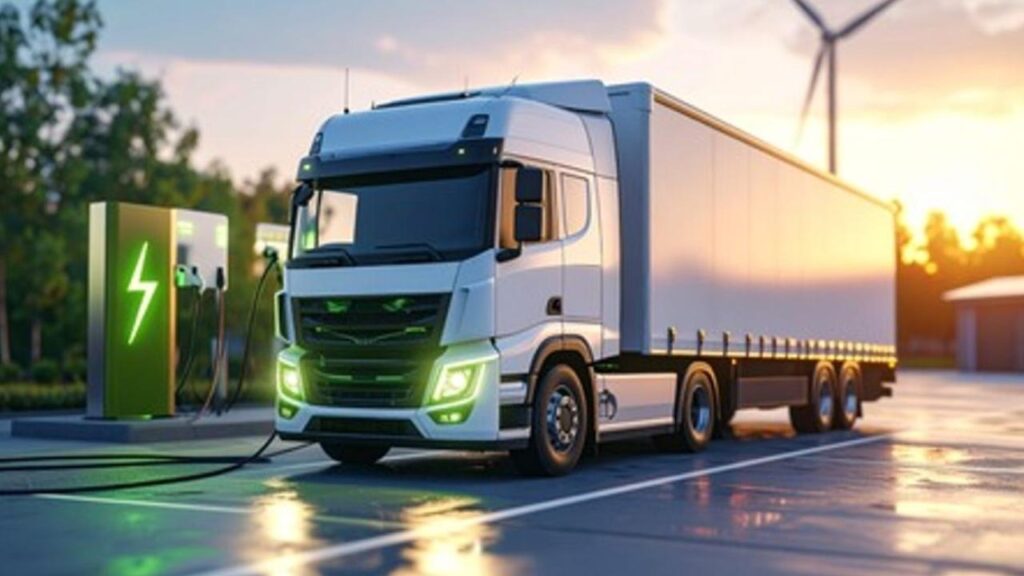
PM E-DRIVE: Exclusive ₹9.6 Lakh Subsidy for Electric Trucks
| Key Highlight | Details |
|---|---|
| Subsidy Amount | Up to ₹9.6 lakh per electric truck |
| Eligible Vehicles | N2 and N3 category electric trucks (as per CMVR) |
| Battery Subsidy | ₹5,000 per kWh or 10% of ex-factory price (whichever is lower) |
| Eligibility | New vehicle purchase, accompanied by scrapping old diesel trucks |
| Total Budget | ₹500 crore for 5,600 electric trucks |
| Special Focus Areas | Delhi, with ₹100 crore allocated for 1,100 electric trucks |
| Warranty Requirements | 5 years or 5 lakh km for batteries, 5 years or 2.5 lakh km for truck motor |
| Subsidy Portal | Subsidies processed via official PM E-DRIVE portal |
The PM E-DRIVE scheme represents a significant opportunity for businesses in India to embrace a greener, more sustainable future. With subsidies of up to ₹9.6 lakh per vehicle, electric trucks are now more affordable than ever. The program offers financial incentives while also pushing India closer to achieving net-zero emissions by 2070.
For companies looking to reduce operating costs, improve their sustainability credentials, and contribute to a cleaner environment, this is an opportunity they can’t afford to miss.
What is the PM E-DRIVE Scheme?
The PM E-DRIVE (Electric-Drive) initiative is a scheme introduced by the Indian government to encourage the use of electric trucks in the freight and logistics sector. This initiative aims to reduce the carbon emissions associated with diesel-powered trucks and promote cleaner, greener alternatives. Through this program, the government is offering a generous subsidy of up to ₹9.6 lakh for each electric truck purchased, thus making it easier for businesses to transition to eco-friendly electric options.
This is a significant move, as India has been making strides in addressing climate change and pushing towards a cleaner future. With growing concerns over air pollution, especially in urban areas, such as Delhi, the need for electric vehicles (EVs) in logistics and heavy transport has never been more urgent. The PM E-DRIVE scheme represents a pivotal moment in India’s journey towards sustainability.
The above table summarizes the key details of the PM E-DRIVE program. Now, let’s get into the nitty-gritty of how this initiative works and how businesses can take full advantage of the benefits.
How Does the PM E-DRIVE Scheme Work?
1. Subsidy Calculation:
The PM E-DRIVE subsidy is calculated based on the battery capacity of the electric truck. The government offers ₹5,000 per kilowatt-hour (kWh) of battery capacity, but there’s a cap. If the subsidy amount exceeds 10% of the vehicle’s ex-factory price, the government will go with the 10% rule.
For example, let’s say you’re buying a 55-tonne electric truck with a 100 kWh battery. The subsidy would be calculated as:
- ₹5,000 * 100 kWh = ₹5,00,000
- But if the truck’s price is high, the subsidy will be capped at ₹9.6 lakh, which means you’d get the full subsidy in this case.
2. Eligibility Criteria:
To benefit from this subsidy, the electric truck must fall within the N2 or N3 category of vehicles as defined by the Central Motor Vehicle Rules (CMVR). These categories encompass vehicles with a gross weight of up to 12 tonnes (N2) and above 12 tonnes (N3).
Furthermore, the scheme also stipulates that businesses must scrap old, polluting diesel trucks in exchange for the subsidy. The old truck must be scrapped via an authorized Registered Vehicle Scrapping Facility (RVSF). This ensures that we’re not just shifting to electric vehicles but also removing harmful diesel trucks from the roads.
3. How to Apply:
Once a business decides to purchase an electric truck, the subsidy application process is straightforward. The application is processed through the official PM E-DRIVE portal, and the subsidy is provided upfront. This means that businesses don’t have to wait long to receive the financial benefits.
After approval, the subsidy is reimbursed to the Original Equipment Manufacturer (OEM), not the buyer. This ensures a smoother process where businesses simply get a reduced price on the truck.
4. Warranty and Maintenance:
Electric trucks under this scheme are required to come with a comprehensive warranty. This includes:
- 5 years or 5 lakh kilometers for the battery.
- 5 years or 2.5 lakh kilometers for the motor and the truck itself.
This warranty ensures that businesses can make the switch without worrying about costly repairs early on in their electric vehicle journey.
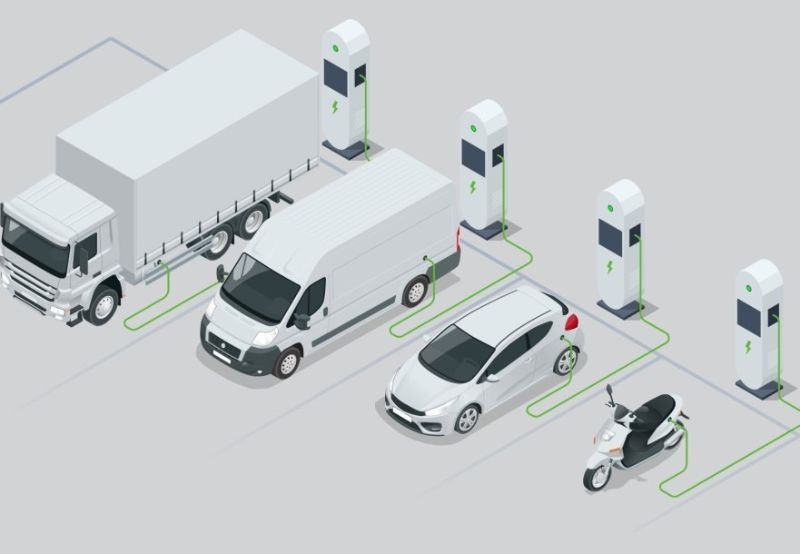
Why Should Businesses Care?
The PM E-DRIVE subsidy is a big win for businesses. Here’s why:
- Lower Upfront Costs: The subsidy significantly reduces the upfront cost of purchasing electric trucks, making it easier for businesses to transition to sustainable logistics solutions.
- Lower Operating Costs: Over time, electric trucks have much lower operating costs compared to diesel trucks. With no fuel costs and less frequent maintenance, the savings are substantial.
- Government Incentives for Sustainability: By adopting electric trucks, companies can demonstrate their commitment to sustainability, which can be an attractive selling point for customers and investors alike.
- Better for the Environment: Electric trucks produce zero tailpipe emissions, making them a crucial part of efforts to tackle air pollution, especially in cities like Delhi, where air quality is a pressing concern.
Example: How a Business Could Save Money
Let’s say a logistics company runs a fleet of 100 trucks and decides to replace 20 of them with electric trucks under the PM E-DRIVE scheme.
- Total Subsidy for 20 Trucks: ₹9.6 lakh * 20 = ₹1.92 crore
- The company also saves on fuel and maintenance costs, which could amount to up to ₹1 lakh per truck annually.
By making this transition, the company would save a significant amount both upfront and in long-term operating costs.
FAQs About the PM E-DRIVE Scheme
1. Who is eligible for the PM E-DRIVE subsidy?
The subsidy is available for businesses that purchase electric trucks within the N2 and N3 categories and scrap old diesel trucks in exchange for the incentive.
2. What types of trucks qualify for the subsidy?
The scheme applies to electric trucks used for heavy freight transportation, such as logistics, cement, steel, and port operations.
3. Can I apply for the subsidy if I don’t scrap an old truck?
No, the program requires that businesses scrap an old diesel truck to be eligible for the subsidy.
4. How long will the subsidy last?
The scheme is based on a first-come, first-served basis, so businesses are encouraged to apply early. A total budget of ₹500 crore is available for the entire program.
